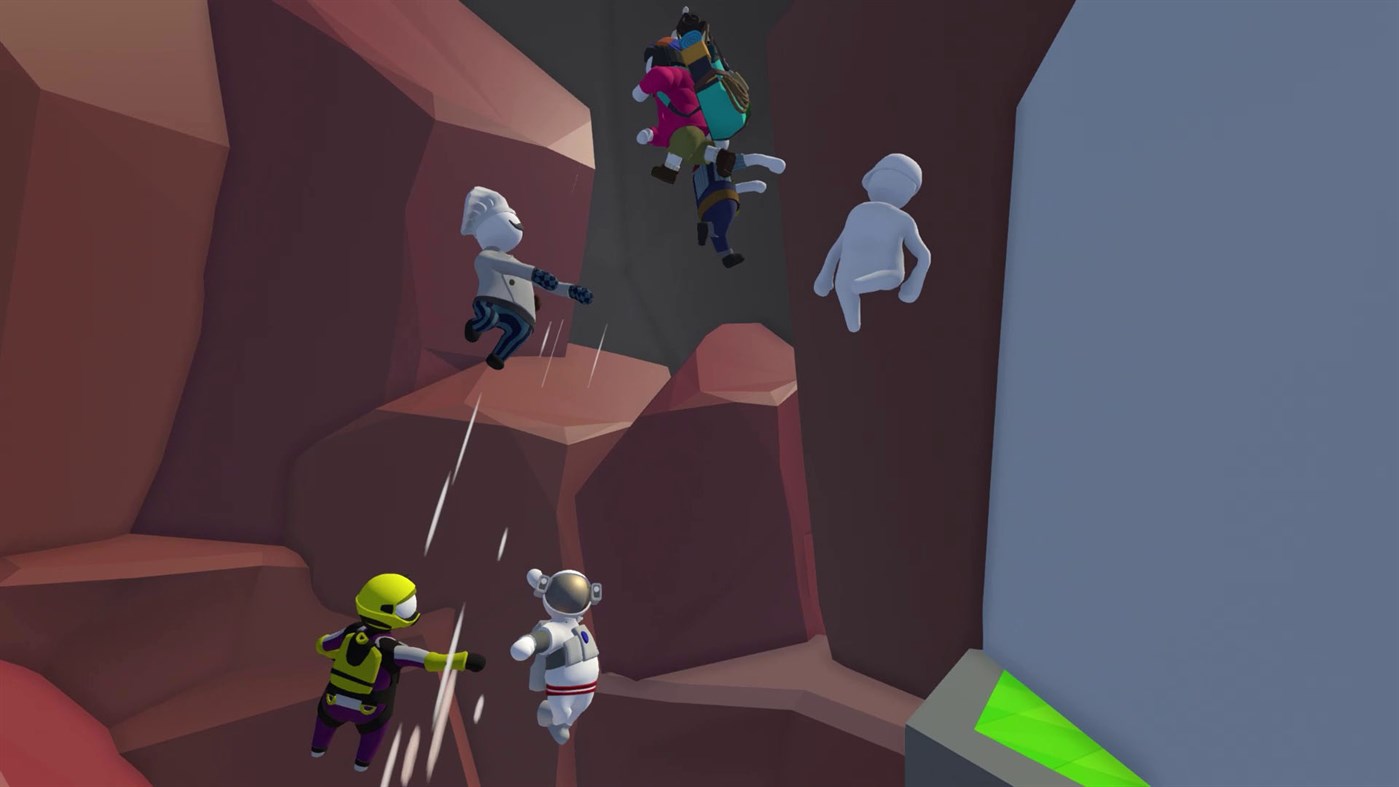While PAX East doesn’t focus on board games in the same way as Gen Con, or PAX Unplugged, they’re still there! Despite having a smaller presence, PAX East’s tabletop sections stays open late into the evening. So let’s go over the fun board games I played at PAX East.
Disclaimer: This list is no particular order, but I have listed bigger/released games closer to the bottom of the list. I played Dominion. It was fun. But it’s been out for 10 years, it doesn’t need top billing.
So let’s get right into it. Drum roll please!

First up, we have Space Lion! It’s an asymmetric bluffing/placement game. At the show, I only played the demo which used a single army. The full game is supposed to include four armies, if I remember correctly? The general gist is that you have a hand of cards, which are your units. Each round, you and your opponents place cards face down at various locations, and after placement is finished, you flip them up. Whoever has the highest unit value wins that battle, and the goal is to destroy the opponent’s base. While this sounds simple, I’ve completely skipped unit abilities, exhausting units, and the fact that each army is supposed to play differently.
Unfortunately, the game isn’t actually out yet. There was a Gamefound campaign running, but it was canceled. Still, if you’re interested in the game, there’s hope! The creators announced they were taking the lessons they learned from the first campaign and planning to try another at some point. If that all sounds interesting, you can sign up for their mailing list here. I hope it succeeds, as it was one of my favorite games from the show.

Another unpublished game is Small Time Crooks. I found this one in the Unpub hall. If you’re not familiar with Unpub, it’s a small area where you can play test board games in various states of development. The games can vary quite highly in their levels of completeness. You’ll find folks looking for publishers sitting next to a first prototype of a hand made deck of cards.
Small Time Crooks though! It’s a hyper-lite GM-less RPG? The mechanics are pretty straight forward. You have a character, and you have a randomly generated target to rob. The target consists of a series of random rooms. Each room contains a skill check, which you make via dice rolls.
I’m honestly not sure how well it would work with multiple players, but the demo was neat. I think it’s worth keeping an eye on. And if you want to do that, here’s the link to their website. My notes say that they’re planning a Kickstarter at some point in 2022? Weirdly enough I could never find who is actually making the game.
Update: You can also find them here, on Twitter! Thanks to the Unpub hall for pointing this out for me.
Leaving the indie and unpub space, let’s head over to a game that had its own massive booth.

Calling Dice Throne an incredibly polished “Push-Your-Luck” dice brawler is underselling it a bit, but it feels fairly accurate. I only played a single 1v1 game, but it worked like this: each player picks out a character to play. The character determines the starting health, energy, hand size, and most importantly, your attacks. Each attack consists of a matched pattern of dice rolls. On your turn, you have three sets of rolls. After each roll, you can choose which dice you want to reroll, and which to keep. The end result is that you’re generally trying to roll specific patterns to inflict damage, while using your own abilities to keep yourself alive. You can also use your hand of cards to modify dice rolls, and upgrade your abilities.
It’s very polished, and the two characters I saw seemed pretty different. I didn’t rush over to buy a copy afterwards, but I’d play it again. Also, the game box is massive, and I’m not sure I have space for it. Like, much bigger than other board games.
Of games I played though, the last one is one I owned: Dominion.

A deckbuilder like Tanto Cuore, Dominion is over 10 years old and is the OG of OG deckbuilders. There’s not much I can say that hasn’t already been written about, but let me summarize it anyway. Each player starts with a deck of cards, and a shared market. The market consists of 10 of 21 non-starter cards, and also a few more. Your goal is to spend the currency you get from you hand to buy cards from the market and add them to your deck, and improve your deck’s efficiency, so you can buy victory point cards. But as victory point cards only give VP at the end of the game, you want to avoid buying them until you have to.
Overall, it’s a very solid game, and playing it with someone who hadn’t played before gave me a solid appreciation for how well it’s held up all these years later. It also gave me a sense of nostalgia for a time 10 years ago. Y’know, back when you could just go places, the world wasn’t falling apart, and my parents weren’t divorced!
How time flies.
In any case, that’s what I played at PAX. This was only a microscopic sample of what was available, but as I tend to focus on video games while at East, it’s all I have to write about today.
Oh, and I also played lot of MTG, but that might just end up being its own post.













